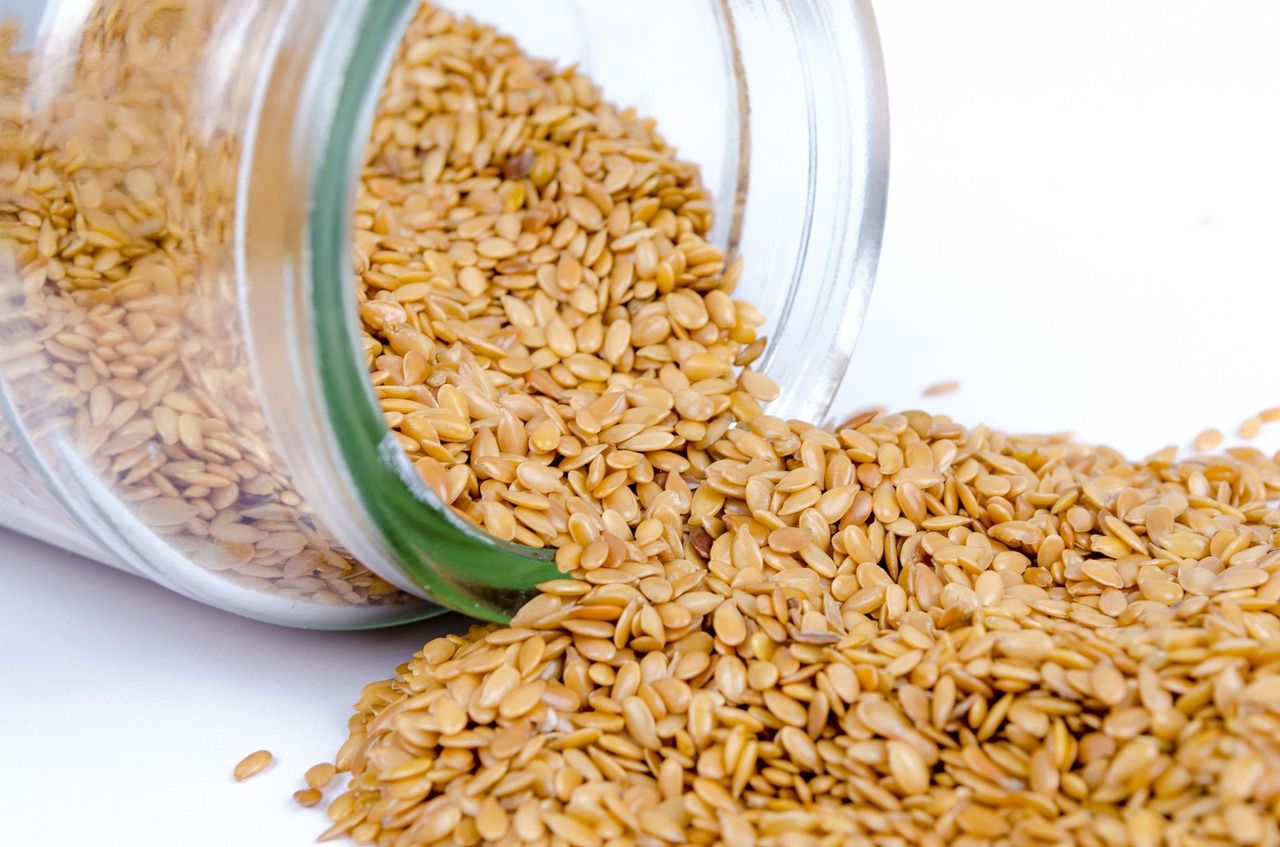Grains can be stored for a relatively long time, but only when they are stored properly.
If you aren't careful enough, your grains can be spoiled by pests, mold, or other things that make them inedible.
Here are some signs that you should get rid of spoiled grains.

Visual inspection
Check for any visible signs of spoilage, such as mold, discoloration, or the presence of insects or pests.
Mold can appear as fuzzy growth or patches on the grains, while discoloration can range from dark spots to an overall off-color appearance.
Foul odor
Grains that have spoiled often emit a distinct, unpleasant odor.
If you notice an off or rancid smell coming from the grains, it could be an indication of spoilage.
Unusual texture
Spoiled grains may develop a slimy or sticky texture.
This change in texture can be a result of bacterial or fungal growth.
If the grains feel unusually sticky, clumpy, or have a slimy coating, it's best to avoid consuming them.
Pest infestation
Presence of insects or pests in the grains is a clear sign of spoilage.
Common pests that infest grains include weevils, moths, or beetles. If you see live insects or their larvae in the grains, it's best to discard them.
Taste test
If the grains taste sour, bitter, or have an unpleasant flavor, it could indicate spoilage.
However, be cautious when tasting, especially if there are visible signs of spoilage, as some molds or toxins can be harmful when ingested.












